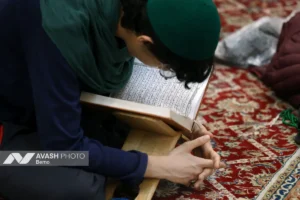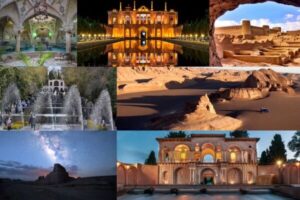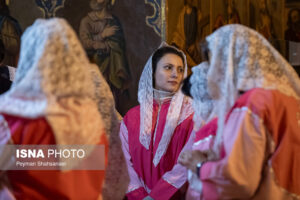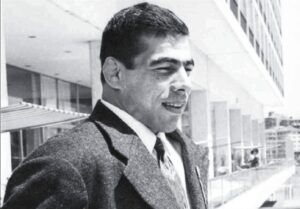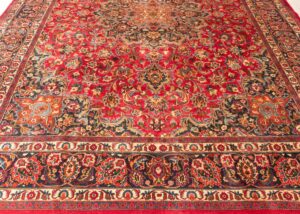Its domes shimmer with turquoise and gold, its boulevards stretch beneath ancient plane trees, and its squares still throng with the life of centuries past.
For Iranians, Isfahan is not just a city, it is memory, identity and pride. For visitors, it is a journey through time, a place where beauty is not hidden in museums, but lived in the streets.
They call it ‘nesf-e-jahan’, which means half of the world, and here in the Naqsh Jahan square, you can see why.
Once the heart of the Safavid Empire, this is where life, art and history coalesce into one breathtaking panorama. Welcome to Isfahan, an ancient city that still captures the hearts of travelers from all around the world.
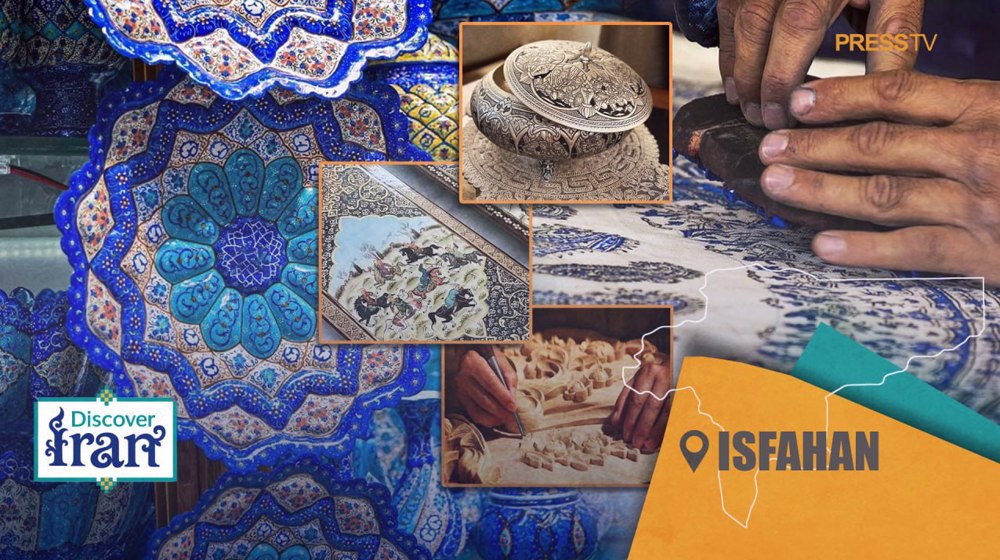
Isfahan is Iran’s third largest city, just 435 kilometers south of Tehran. But unlike the political capital, Isfahan has always been the spiritual and cultural heart of the country.
From the 16th century when Shah Abbas made it the capital of his empire, the city became a showcase of Persian brilliance, a center of science, trade, art and architecture, that drew visitors from Venice, Delhi and even Beijing.
Naqsh-e Jahan square itself is a city within a city flanked by the Imam Mosque, the Sheikh Lotfollah Mosque, the Ali Qapu Palace and the great Qeysarriyeh Bazaar, it is both a UNESCO World Heritage site and one of the largest squares in the world.
It is here that you understand why Isfahan has always been seen as a living museum of Persian civilization.
The allure of Isfahan cannot be attributed to just one factor, but to a rich combination of elements.
Every tile here tells a story of patience, devotion and a love for beauty that defines Persian architecture. Isfahan’s mosques aren’t just monuments; they’re living museums of color, geometry and light. This artistry is not locked in the past. It continues to inspire architects and visitors alike making Isfahan a treasure for those who come seeking meaning and beauty.
Beyond the mosques and palaces, the city’s cultural richness is unmatched. Si-o-se-pol and the Khaju Bridge stretch across what was once the mighty Zayanderud River, creating gathering places that are still alive today.
The Chehel Sotoun Palace dazzles with mirrored columns that reflect history as vividly as the day they were built.
And in Jolfa, the Armenian quarter, cobblestone streets lead to the Vank Cathedral, a reminder that Isfahan has always been a crossroads of faiths and cultures.
Step into the Isfahan Bazaar and you step into centuries of tradition. Here the artisans craft minakari enamel, weave Persian carpets and carve intricate marquetry, which are all skills passed through generations.
This isn’t just shopping, it’s conversation with history and where every purchase is a piece of Persian culture that you can take home.
Handicrafts aren’t just souvenirs; they are part of the city’s economic engine.
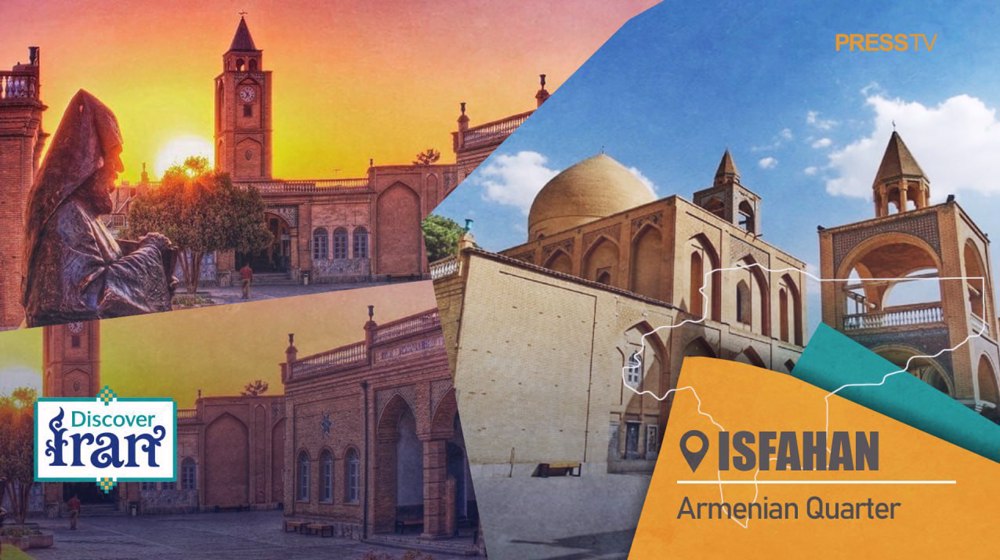
Isfahan produces nearly a third of Iran’s handicrafts exports, and its artisans are world renowned.
For investors, the potential is enormous. Cultural branding, artisan villages and international exhibitions, could transform these crafts into premium global brands.
Himself a celebrated marquetry master for more than 60 years, Mr. Nateqpour shared how Isfahani artisans have contributed to the city’s attraction.
Nateqpour asserts art is exempt from the blades of sanctions, and therefore represents a resilient and attractive sector for investment in Iran.
Tourism already contributes close to 10% of Iran’s GDP and Isfahan is at its core. The province boasts more than 20,000 historical sites, over 60% of them concentrated right here in the city.
But while millions of domestic visitors and thousands of foreign tourists arrive each year, the city still lacks the infrastructure to host them comfortably.
According to Mr. Labbafan, the hospitality industry offers one of the most profitable opportunities for foreign investors in Isfahan.
Consider this; Isfahan has only two five-star hotels! For a destination often compared to Rome or Istanbul, that is a major shortcoming, but for investors, a major opportunity.
Authorities in Isfahan are well aware of this. To encourage development the municipality of Isfahan covers 99% of hotel construction permit fees, leaving investors to pay just 1%.
Tax breaks, prime real estate and fast track approvals are on the table. In a region where tourism demand is outpacing supply, Isfahan is rolling out the welcome mat for those ready to build.
For centuries, the Zayandeh River has been the lifeline of Isfahan, flowing beneath these arches and bringing life to the city.
Today, the water may not always run, but the bridges remain as places where people still talk, gather and share their stories.
The Khaju Bridge, with its magnificent and functional design, continues to echo with music, poetry and laughter, proving that even without the river’s flow, the spirit of Isfahan’s community endures.
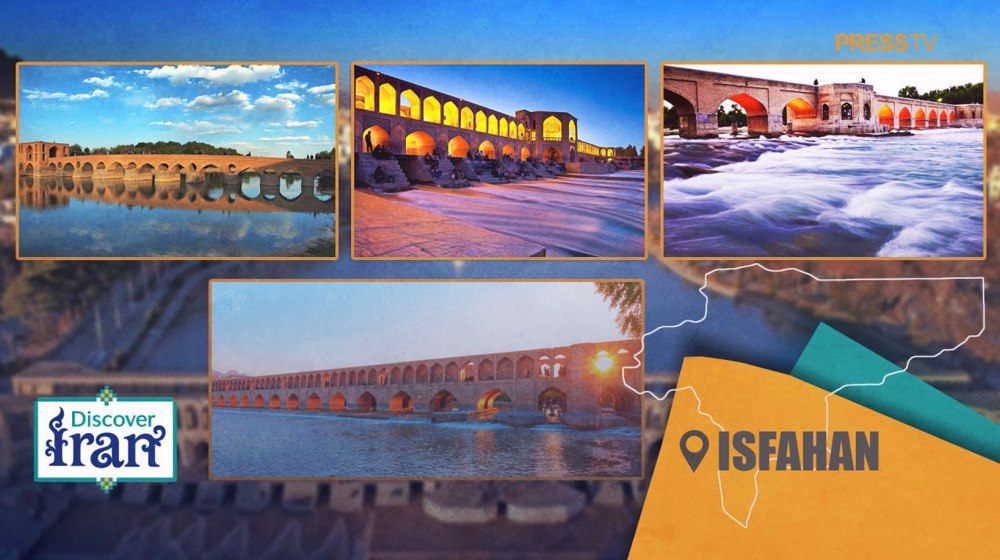
This ability to transform challenges into attractions is part of Isfahan’s story. The dry riverbed has sparked creative ideas, festivals, cultural nights and light shows that turn absence into presence.
And beyond the city center, ecotourism is taking shape. Salt caves in Natanz, the slopes of the Soffeh mountain and gardens that bloom in the desert, are opening new chapters in Isfahan tourism playbook.
Health tourism is another frontier. With modern hospitals, internationally trained doctors and costs a fraction of Europe. Isfahan is attracting patients from Iraq, Afghanistan, the Persian Gulf countries and beyond.
Treatment packages now combine surgery with cultural tours, recovery with discovery. For investors in clinics, wellness resorts or medical hospitality, the potential is immense.
Religious tourism also remains underdeveloped. The province counts more than 700 shrines, 100 historic mosques and churches, which date back centuries.
In a world where pilgrim travel is a multi-billion dollar industry, Isfahan could become a hub if the right accommodations and services are built.
But perhaps the greatest investment opportunity lies in preservation. Many of the city’s monuments, some are truly one of a kind, are in urgent need of restoration.
Across the world, from Florence to Kyoto, public-private partnerships have turned heritage preservation into both a cultural duty and a profitable venture. Isfahan is no different. With smart investment saving history can become a sustainable business.
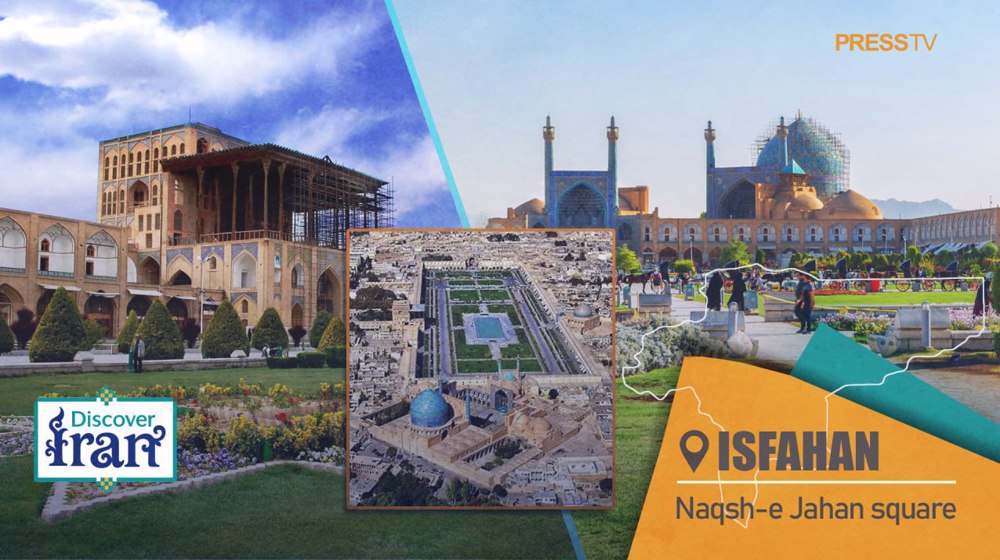
When discussing Isfahan future, Mr. Karamzadeh stressed that the province’s greatest opportunities no longer lie in heavy industry, but in areas that both honor heritage and safeguard the environment.
Along Chaharbagh, where plane trees cast their shadows and centuries old buildings line the way, the story of Isfahan unfolds with every step.
Wherever your journey begins let it bring you here to walk these boulevards, share in its flavors, meet its people, and see for yourself why Isfahan is called half of the world.
For the traveler, Isfahan is a place to marvel. For the investor, it is a place to act. Few cities combine heritage this rich with a market this open, with millions already coming each year and global recognition growing the moment to shape Isfahan tourism future is now.
Isfahan is half the world and a whole opportunity.

